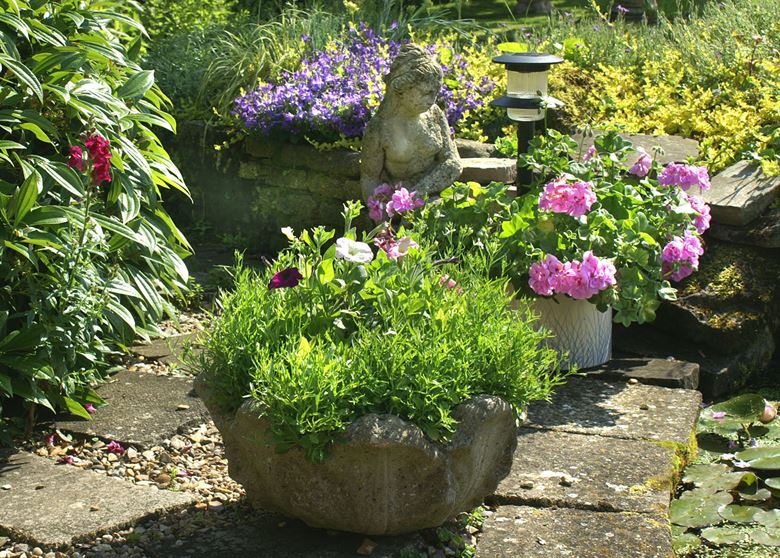Having a garden in your home’s landscape is not only beautiful but functional, too. A garden enables you to grow your own fruits and vegetables for friends and family to enjoy. But, if you’re like many homeowners, you might think you can only do so during the spring and summer months.
Year-round gardening is achievable — and it’s easier than you think! Contrary to popular belief, you don’t have to work tirelessly throughout the year to maintain your garden. The health of your garden comes down to having a plan and being consistent with it. Discover how you can garden year-round with these tips.
- Choose a mixture of crops. If you want to garden throughout the year, you’ll need to be strategic in what you plant and when. Succession planting enables you to be strategic in how you utilize the space in your garden in addition to allowing you to enjoy more fresh fruits and vegetables. To achieve this, choose fruits and vegetables that mature for an early, mid-, and late-season harvest so that you can experience them at their optimal ripeness throughout the year.
- Extend your growing season. For most people, mid-fall means frost, which can be detrimental to your garden. With the right plant protection, you can extend your garden’s opportunity to grow — even by just a little bit. By using row covers, cold frames, and low tunnels, you’ll be able to give your plants more warmth than they would have if they were exposed to the cold, allowing them to grow a little while longer and ensuring that they’ll come back healthy when the spring rolls around.
- Bring the garden indoors. Certain vegetables can thrive throughout the winter if they’re brought inside for “overwintering.” Overwintering is the process of moving specific plants indoors for the winter so that they can continue to grow. From salads like winter lettuce and endive to leafy greens like chard and spinach, there are plenty of crops you can grow and enjoy during the winter months.
- Get a head start on your garden. Before the spring rolls around, plant more substantial vegetables, like onions and cabbage, as these can take a bit longer to establish in the soil. With an earlier start to planting, you’ll harvest earlier, too. Protect the seedlings that you plan with a cold frame, tunnel, or greenhouse set up so that they take. You can also pre-warm the soil with row covers or cloches to give yourself a two to three-week head start on planting.
- Have a plan. When it comes to maintaining your garden, not having a plan is a problem. How can you know when it’s time to turn your soil if you can’t recall the last time it was done? Maintaining a record of the maintenance you do on your garden allows you to plan for future maintenance. Your plan will vary depending on the climate you live in, the soil you use, how much rain and sunlight you get, and your overall ability to handle the maintenance, so create a system that fits the needs of your garden. It doesn’t have to be a rigid plan, but a general one allows you to reap the benefits of your garden year-round.
Have questions about gardening? Let Gasper’s Garden Center help. From using our potting services to our white glove delivery service and our DIY design services, our experts can help you make your garden as beautiful and as functional as possible.


